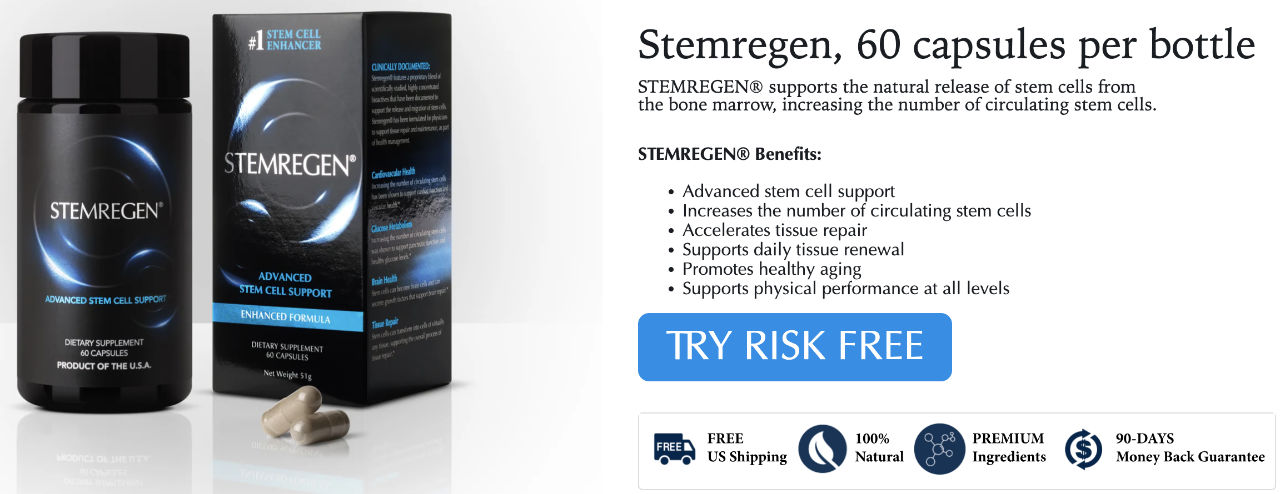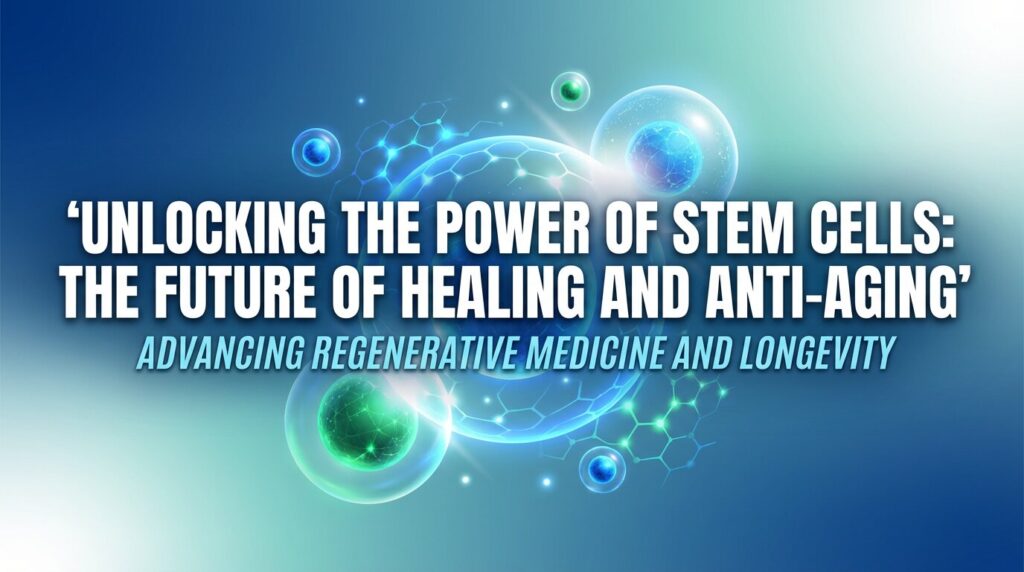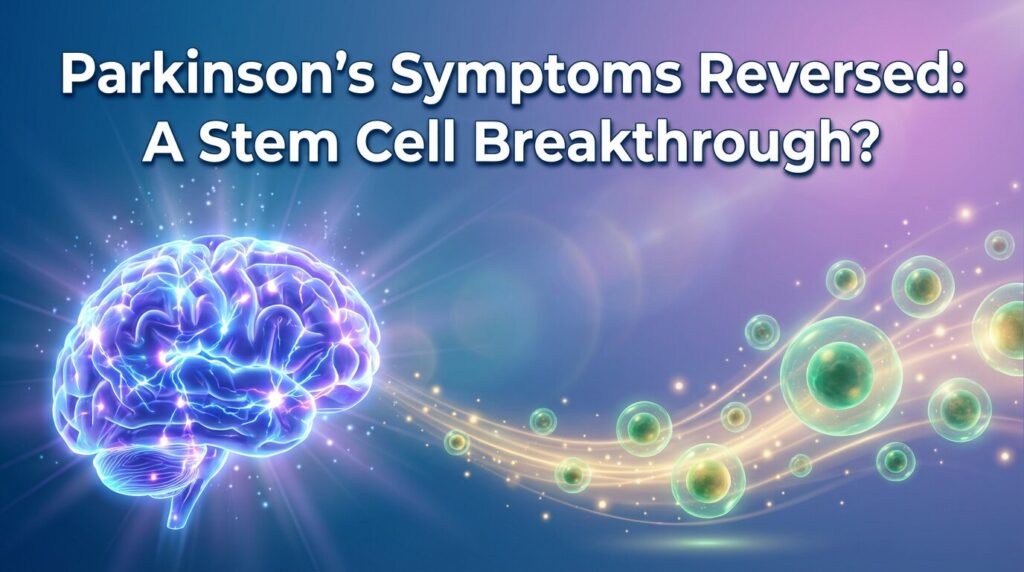For parents of children with Autism Spectrum Disorder (ASD), exploring treatment options can be a journey filled with questions and uncertainty.
One of the emerging therapies gaining attention is stem cell therapy.
This guide, based on insights from Dr. Travis Whitney of the Innate Healthcare Institute, provides parents with essential information about this treatment.
Understanding Stem Cell Therapy for Autism
Stem cell therapy for autism is a medical procedure that uses stem cells to help improve the core symptoms of ASD.
Dr. Whitney explains that the therapy his clinic uses involves mesenchymal stem cells (MSCs). These cells are sourced from the tissue of the umbilical cord, specifically Wharton’s Jelly, and not from cord blood. The cells are live and expanded to ensure a high-potency treatment.
These MSCs are powerful because they can help reduce inflammation and support the body’s natural repair processes.
When introduced into the body, they act like a mobile pharmacy, traveling to areas of inflammation and releasing substances that help calm the immune system and promote healing.
How Does It Work?
Autism is a complex condition with neurological, immunological, and gastrointestinal aspects. Stem cell therapy addresses these interconnected systems. The MSCs work by:
•Reducing Inflammation: Many children with autism have inflammation in their brain and gut. MSCs release anti-inflammatory signals that can help reduce this inflammation.
•Modulating the Immune System: ASD is often associated with an imbalanced immune system. MSCs can help regulate the immune response, bringing it back into balance.
•Promoting Repair: MSCs secrete growth factors that support the repair and regeneration of tissues, including brain tissue.
This multi-pronged approach helps address the underlying biological factors contributing to autism symptoms.
The Treatment Process
The treatment protocol at the Innate Healthcare Institute in Arizona is designed to deliver a high dose of stem cells in a short period. Here is a breakdown of the process:
| Feature | Description |
| Dosage | 100 million mesenchymal stem cells administered daily for three consecutive days. |
| Frequency | The three-day treatment is repeated every 1 to 3 months, based on the child’s needs. |
| Administration | A combination of intravenous (IV), intramuscular (IM), and intranasal methods are used. |
This comprehensive administration ensures that the stem cells reach the entire body, including the brain, gut, and other affected areas.
What to Expect: Results and Timeline
While every child is different, there are common patterns of improvement observed with stem cell therapy.
Research indicates that significant benefits can be seen over a six-month period. However, many parents report seeing positive changes much sooner.
Common improvements include:
•Better Sleep: Many children experience improved sleep patterns within the first few weeks.
•Increased Eye Contact: Parents often notice their child making more frequent and sustained eye contact.
•Improved Comprehension: Children may show a better understanding of language and instructions.
These early signs of improvement can be very encouraging for families. Over time, many children also show gains in social skills, communication, and behavior.
Safety and Side Effects
One of the biggest concerns for parents is the safety of any new treatment. Dr. Whitney emphasizes that stem cell therapy has a very good safety profile. Side effects are generally mild and temporary, occurring in less than 10% of patients.
Common side effects may include:
•Temporary hyperactivity
•Low-grade fever
•Fatigue
The risk of a serious adverse event is extremely low, estimated at around 0.25%. This makes stem cell therapy a relatively safe option for many children with autism.
Choosing a Clinic: What to Ask
With the growing interest in stem cell therapy, it is important for parents to be well-informed when choosing a clinic. Dr. Whitney advises parents to ask the following questions:
1.What is the source of the stem cells? Ensure the clinic uses high-quality, ethically sourced cells, such as those from umbilical cord tissue.
2.What is the viability of the cells? The cells should be live and potent to be effective.
3.What is the exact dosage? The clinic should be able to tell you the precise number of cells in millions, not just the volume of the injection.
4.What other support is provided? A holistic approach that includes nutritional and other integrative support can enhance the effectiveness of the therapy.
Transparency is key. A reputable clinic will be open to answering all of your questions and providing you with detailed information about their treatment protocols.
A Holistic Approach
Dr. Whitney’s clinic takes a comprehensive approach to autism treatment. They recognize that stem cell therapy is most effective when combined with other supportive therapies. This includes addressing:
•Gut Health: Many children with autism have digestive issues. Supporting gut health is a critical part of the treatment plan.
•Brain Health: The therapy aims to reduce brain inflammation and support healthy brain function.
•Diet: A healthy diet can have a significant impact on autism symptoms. The clinic provides guidance on nutrition to support the body’s healing process.
This integrated approach gives children the best possible chance of success.
Final Thoughts
Stem cell therapy offers a promising new option for children with autism. By understanding how it works, what to expect, and how to choose a reputable clinic, parents can make informed decisions about their child’s care. This guide provides a starting point for that journey, offering hope and clarity for families affected by autism.
Watch Dr. Whitney’s full video below:



